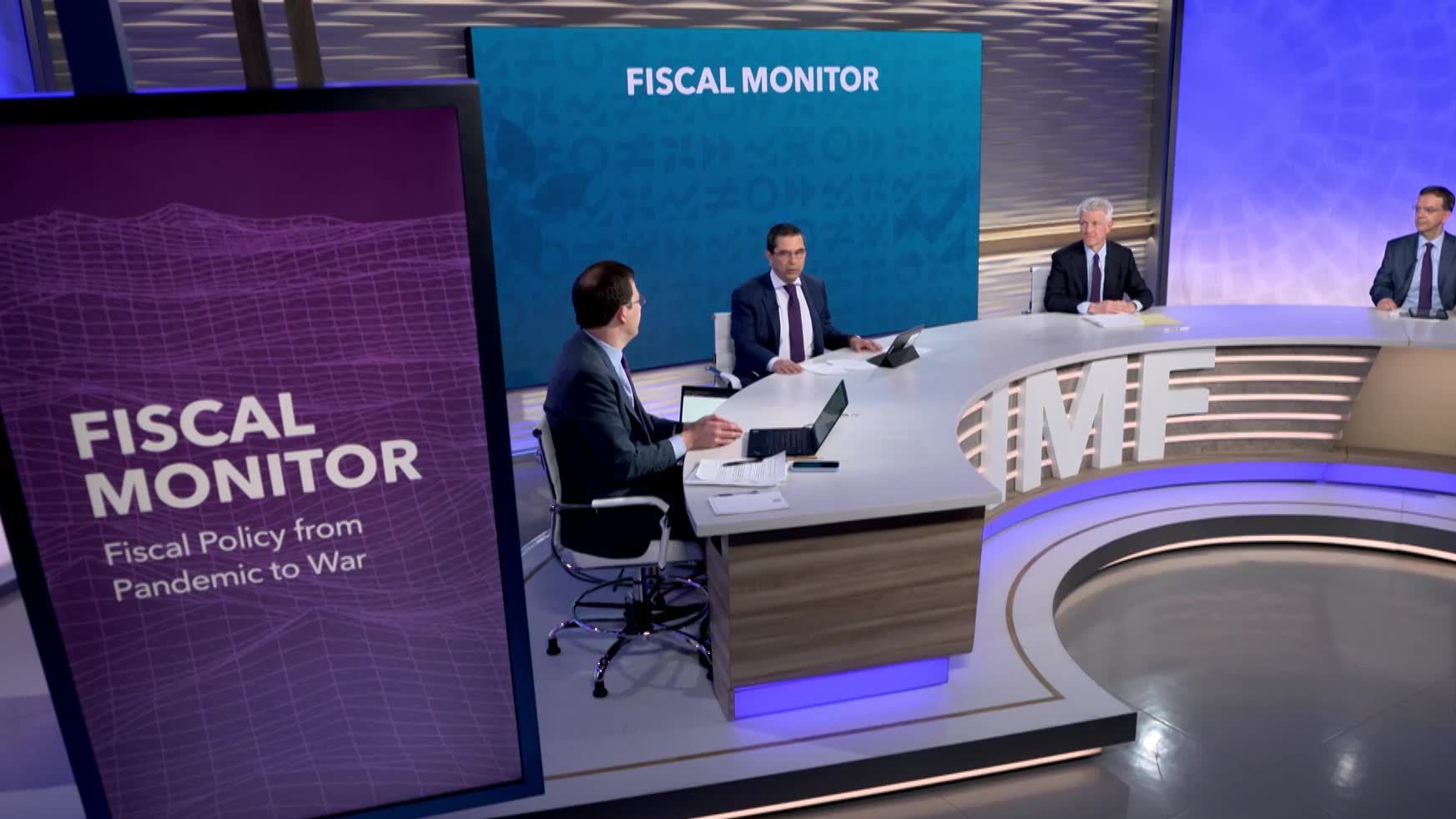Just as increasing vaccinations offered hope, Russia’s invasion of Ukraine disrupted the global economic recovery. One of the most visible global effects has been the acceleration of energy and food prices, triggering concerns about episodes of food shortages and increasing the risks of malnutrition and social unrest, announced the IMF today (Wednesday, April 20) with the release of the Fiscal Monitor report.
“Inflation increased over 2021, Inflation surprises accumulated, and in our forecast inflation in advanced economies is projected to be at 5.7% this year coming from a down of 0.7% in 2020. In emerging market economies, inflation is higher, but the increase in inflation was smaller. In 2020 we had 5.2 and we project 8.7 for this year,” said Vitor Gaspar head of the Fiscal Affairs Department at the IMF.
The different shocks have also brought new risks to public finances. Governments are under pressure to deal with the rising energy and food prices. To alleviate the burden on households, ensure food security, and preempt social unrest, most governments have announced measures to limit the rise in domestic prices. However, such actions could have large fiscal costs and exacerbate global demand and supply mismatches, putting further pressure on international prices and possibly leading to energy or food shortages. This would further hurt low-income countries that rely on imported energy and food.
“In the end of 2021, energy prices, food prices were already high and rising. Russia's invasion of Ukraine added fuel to the fire. At this point in time, the situation can be labeled a food crisis, an energy crisis. If I would focus on food and low-income developing countries, the fact that is really remarkable is how much food is important in the budget of vulnerable households, how food is important in the budgets of households in poor countries. The fact that I want to highlight is that for poor countries and in the budget of households, the share of food can go up to 60% in some countries. That compares with 10% in advanced economies. Now, low-income countries are among those that have the most constraining fiscal space, which highlights the urgency of the situation of food security in these countries,” added Gaspar.
Economies around the world have accumulated layer upon layer of legacies from past shocks since the global financial crisis. Extraordinary fiscal actions in response to the pandemic led to a surge in fiscal deficits and public debt in 2020.
Moreover, the outlook remained uncertain as the world navigated an unprecedented environment, with rising inflation and increasing divergence in recoveries—and then Russia invaded Ukraine, pushing geopolitical risks sharply up.
“We emphasize in the fiscal monitor that there are debt risks for all country groups and there is very sharp differentiation across countries within all country groups. When it comes to advanced economies, one very important risk to bond markets has to do with inflation dynamics, and it's extremely important for the stability of bond markets that central banks act decisively to deliver price stability over the medium term. When we look at emerging markets, we do see that international bond markets are working in an orderly way, but there are some non-systemic emerging markets that have already very high yield spreads in territory that we would consider distressed and a point that we have made several times during this press conference is when we focus on low income developing countries we see that 60% of these countries are already at debt distress or at high risk of debt distress,” said Gaspar.
To read the full report, click here.

